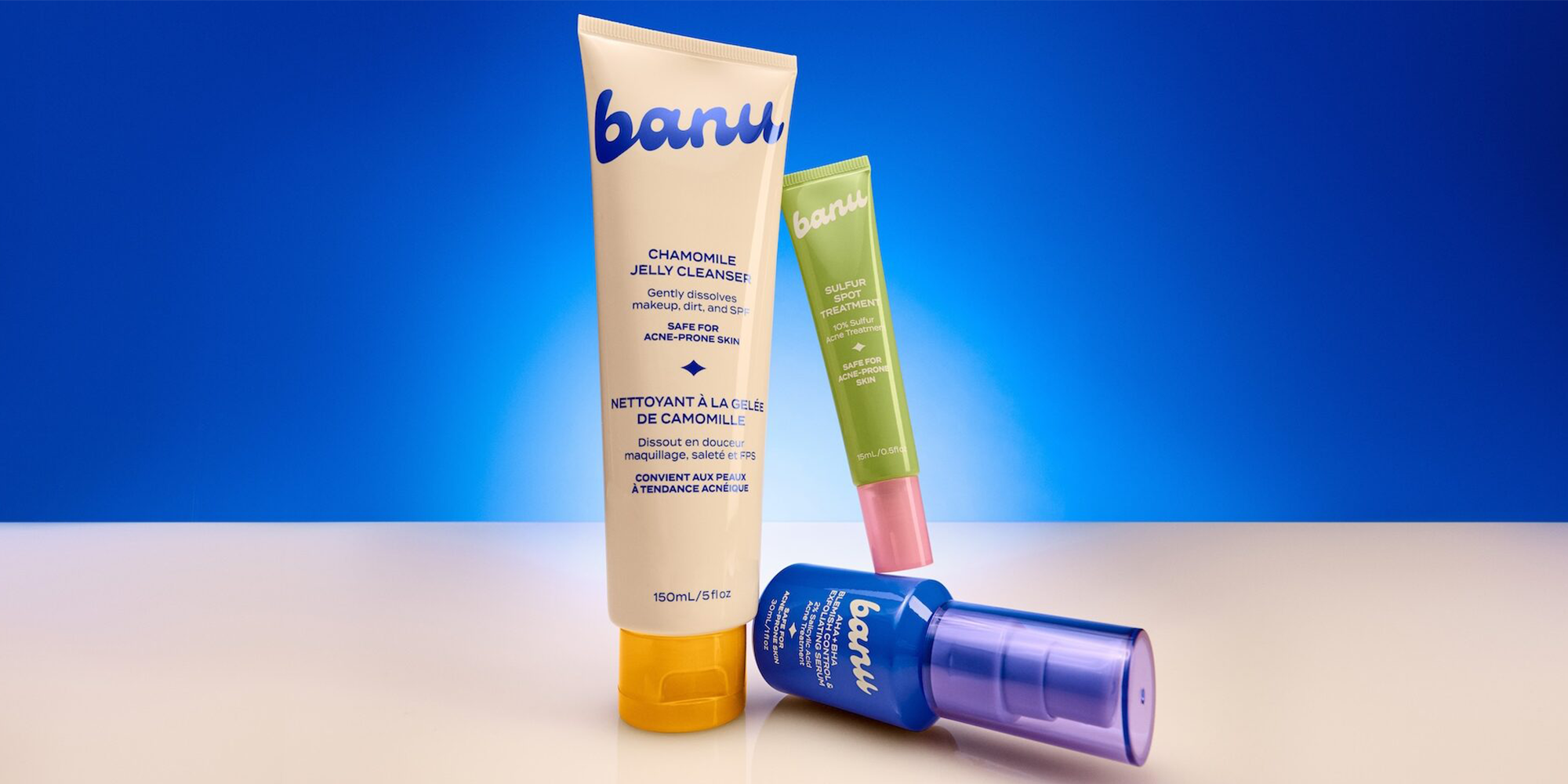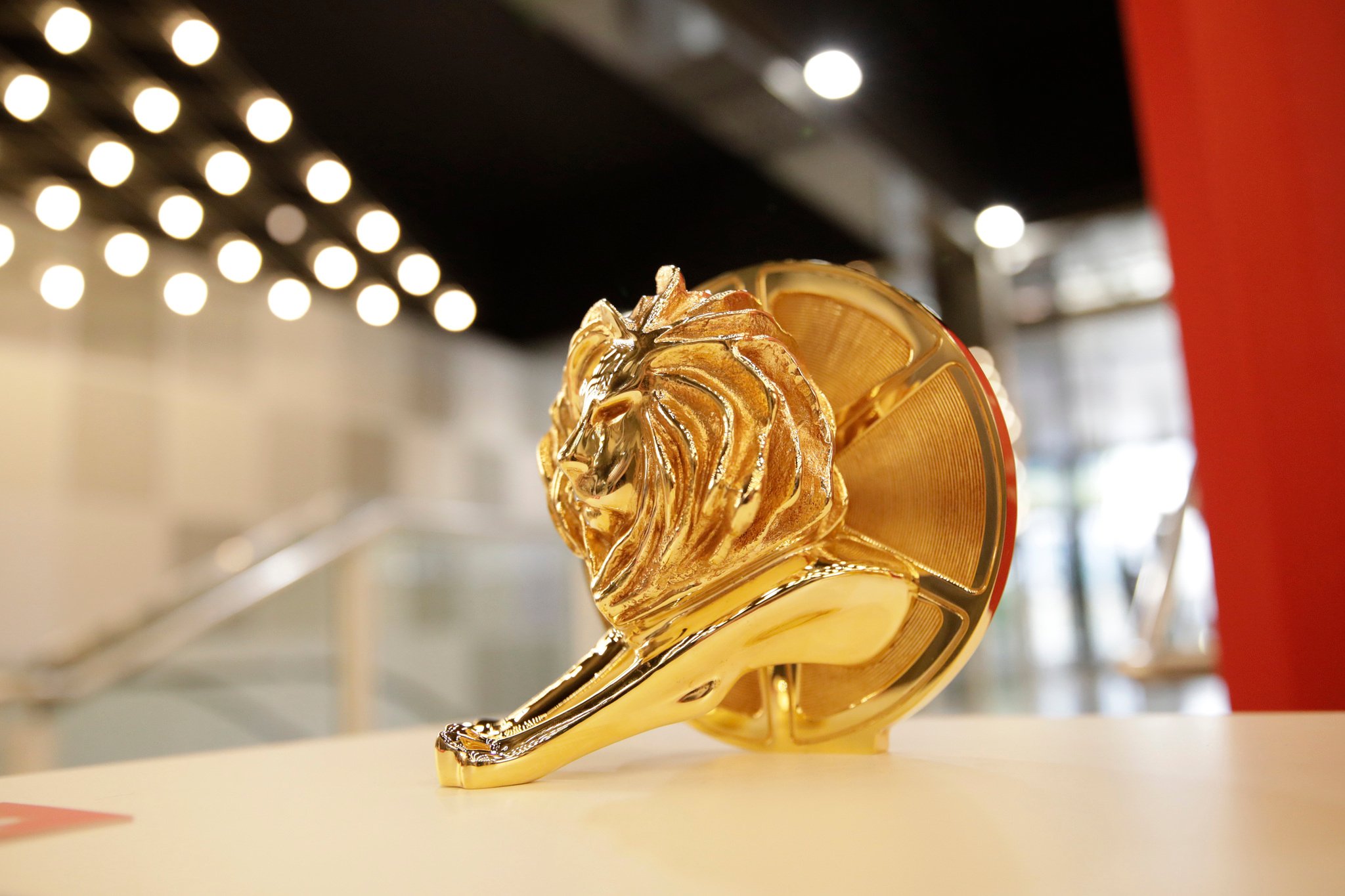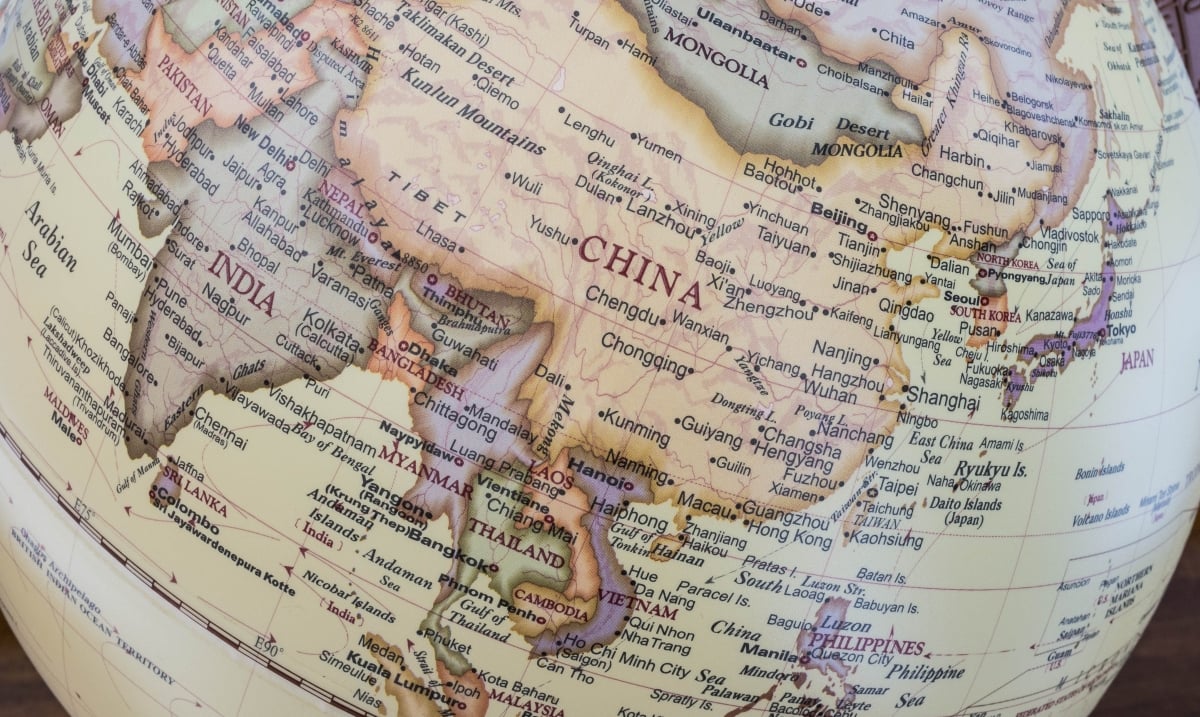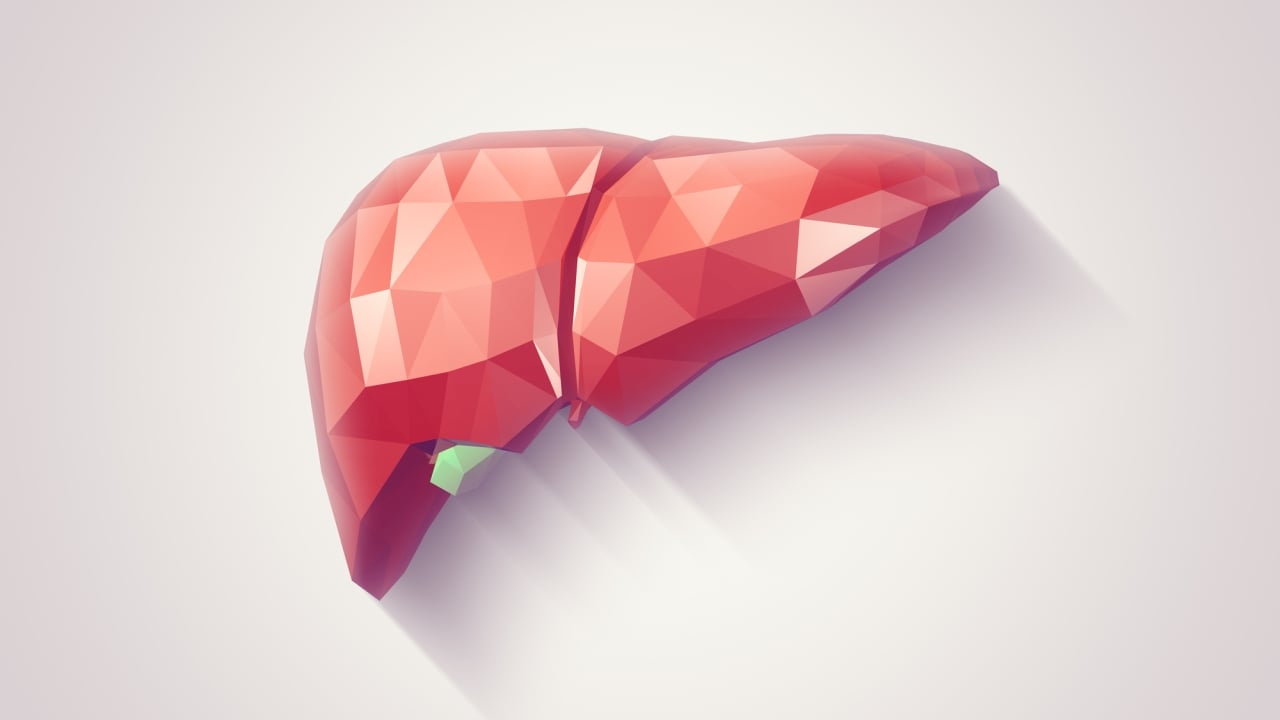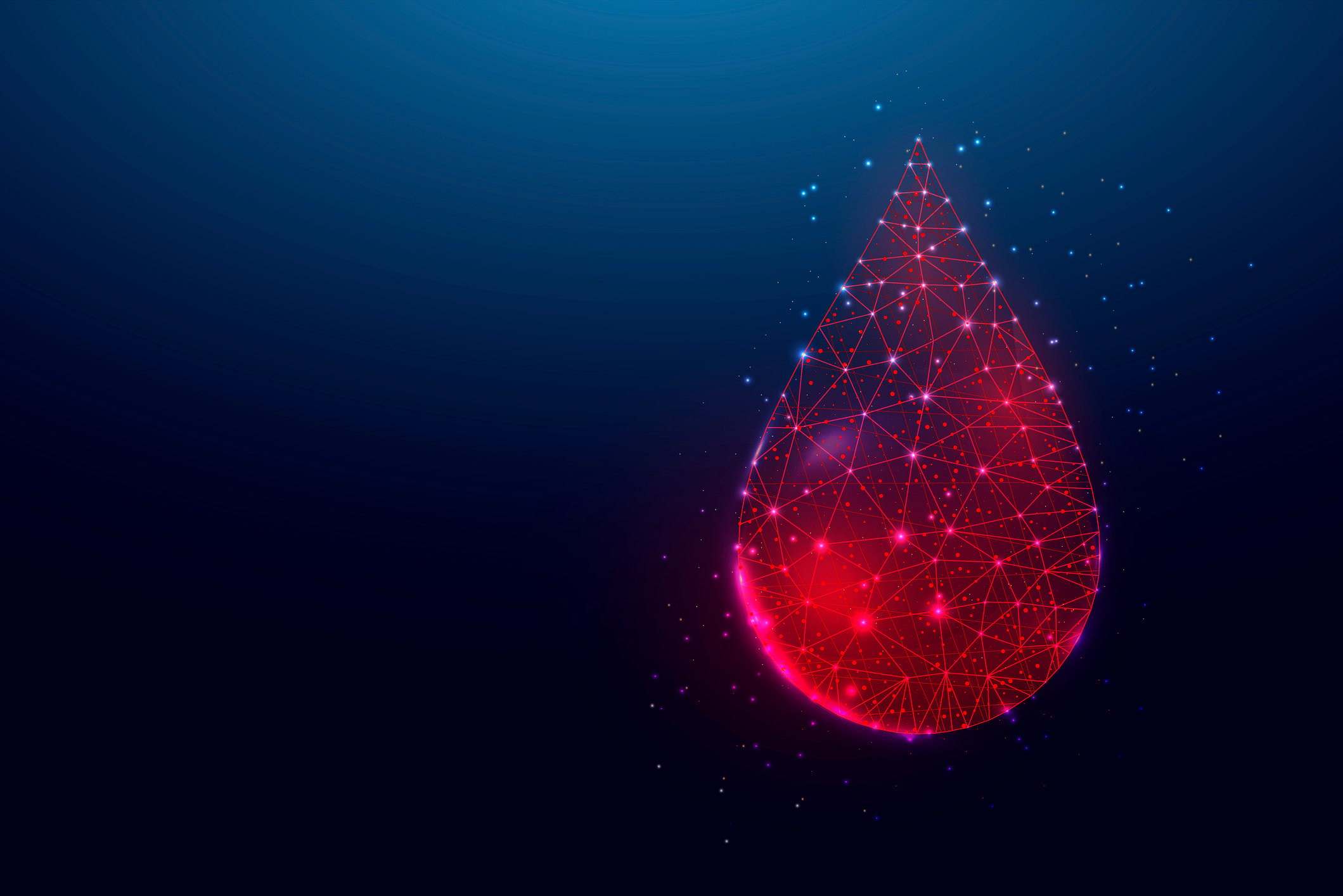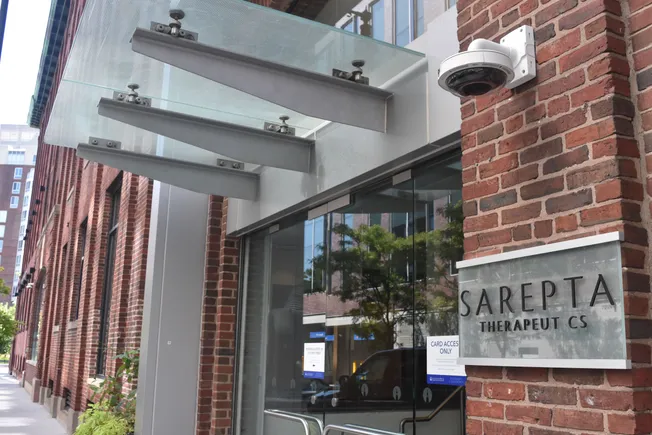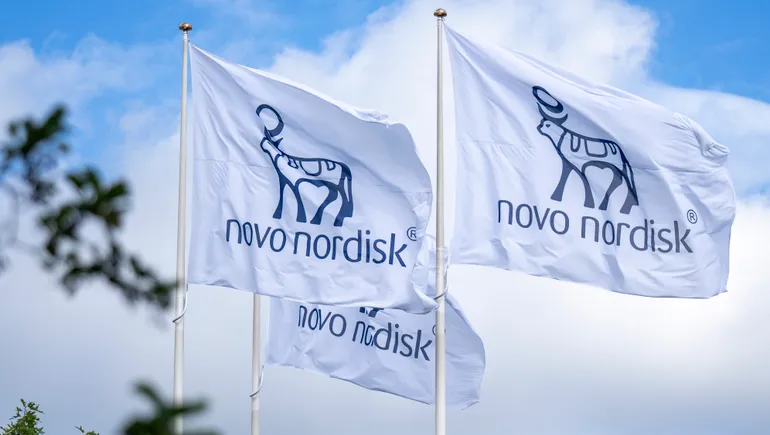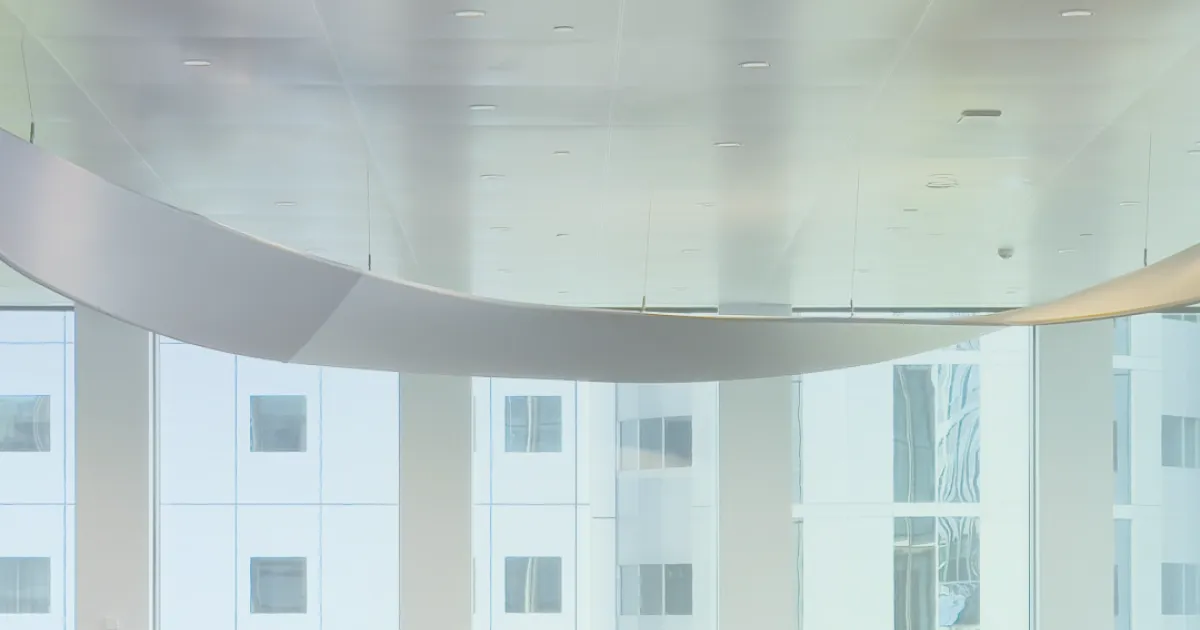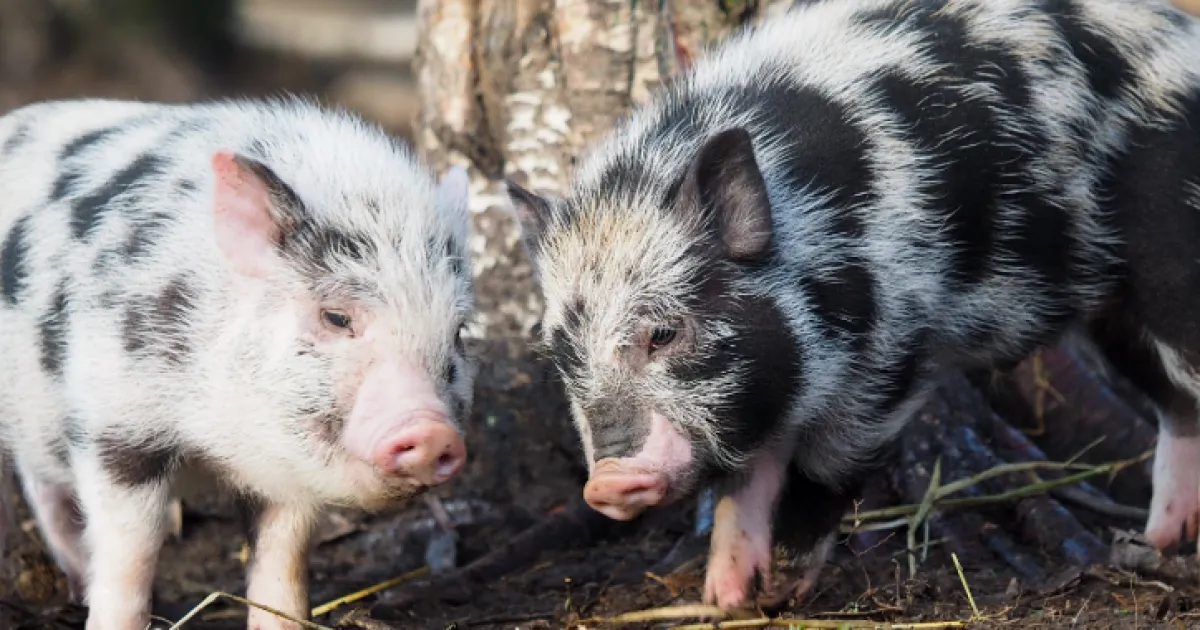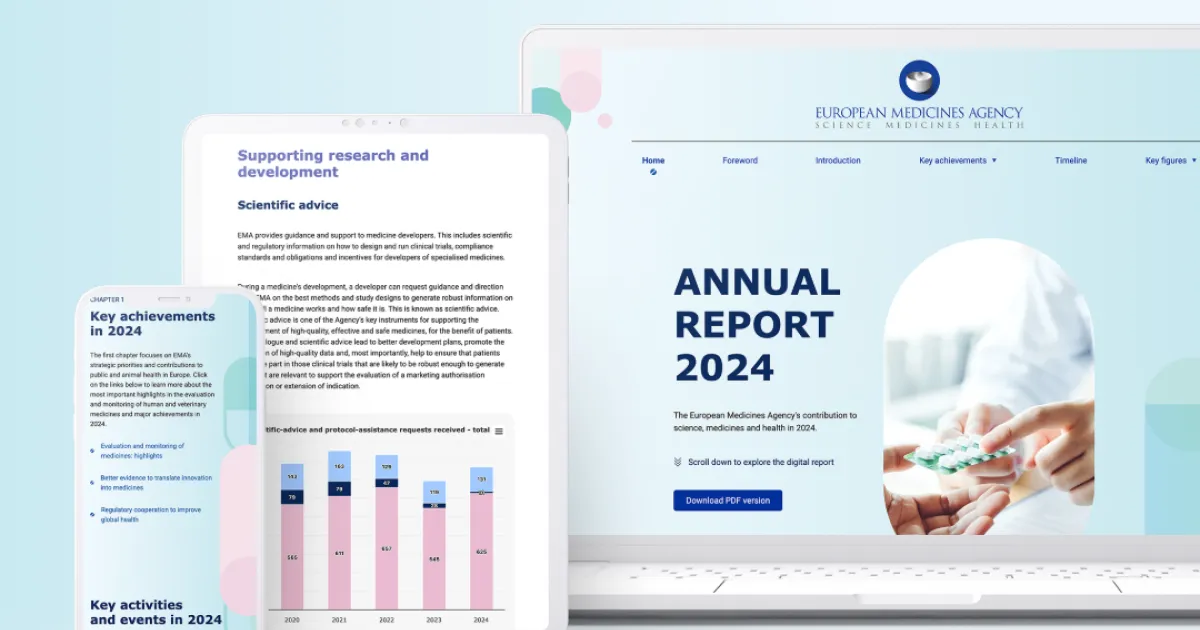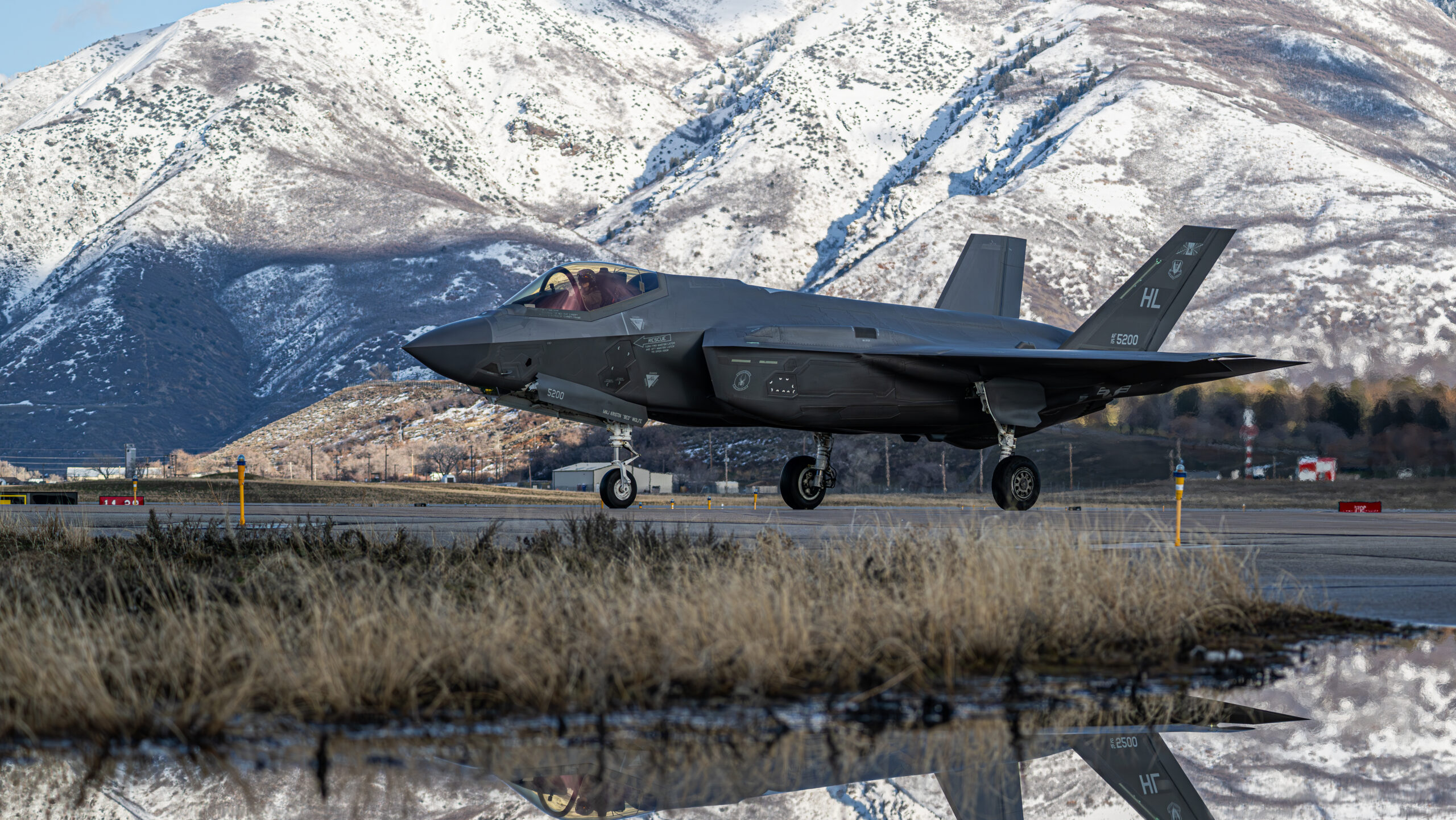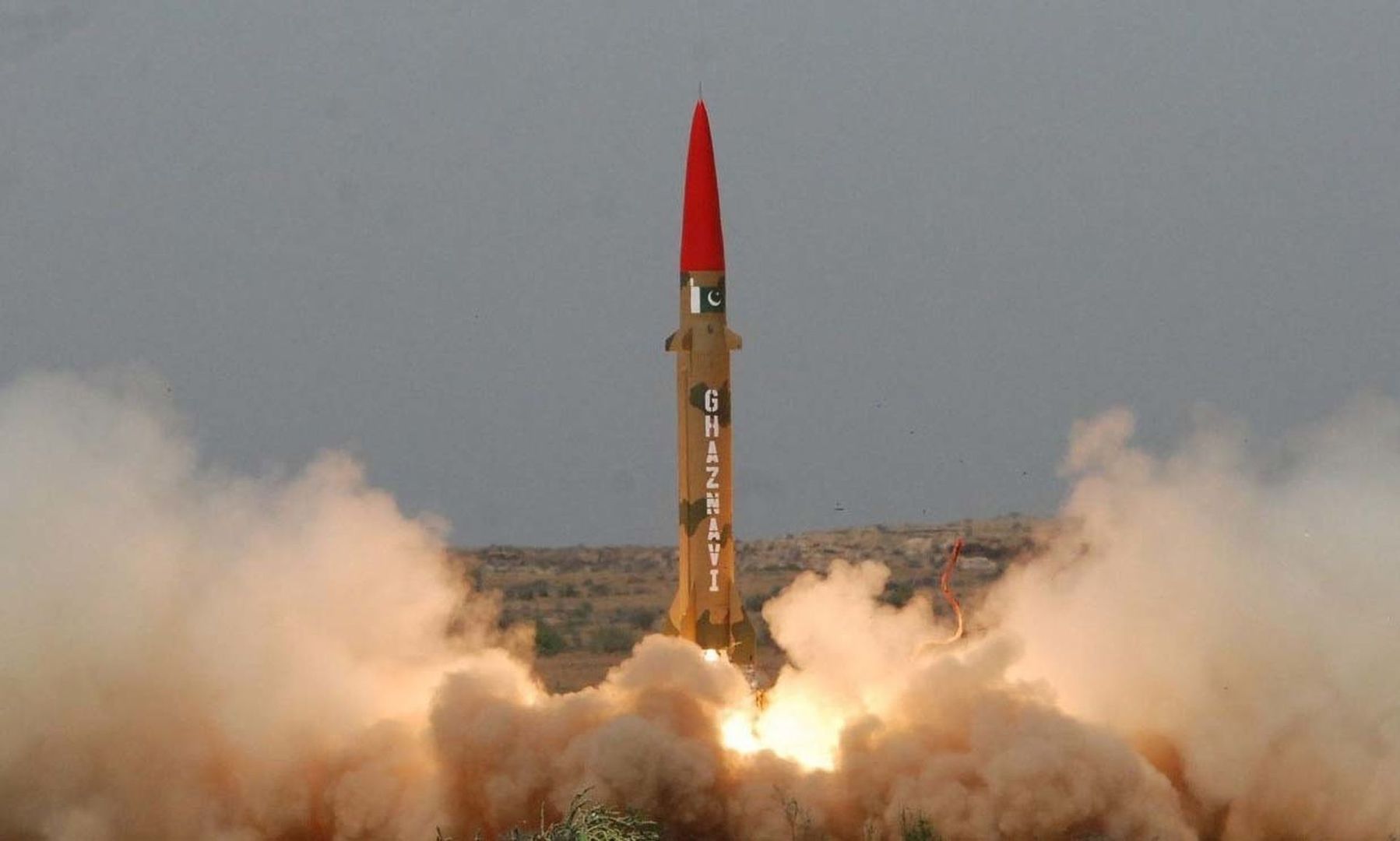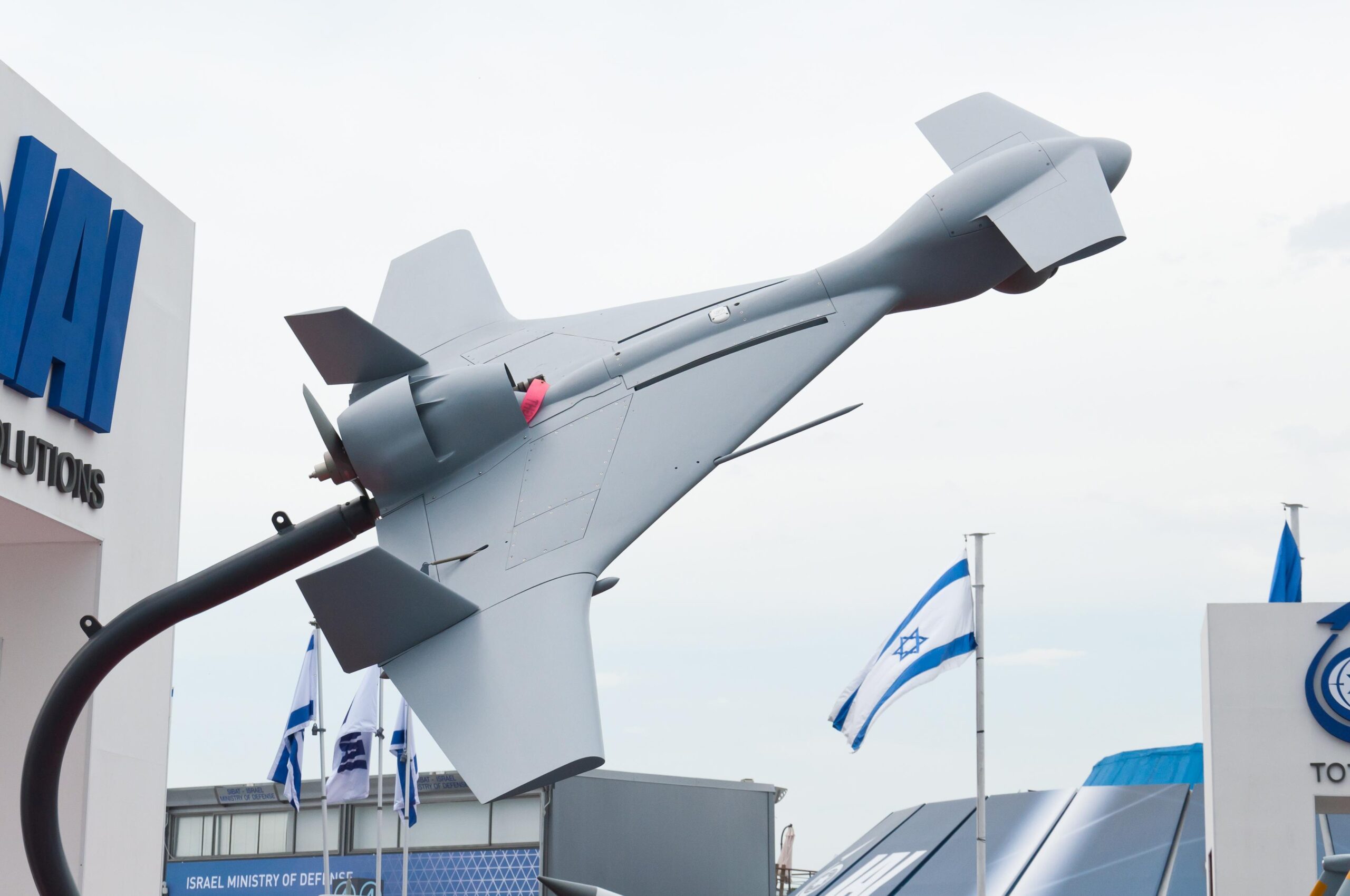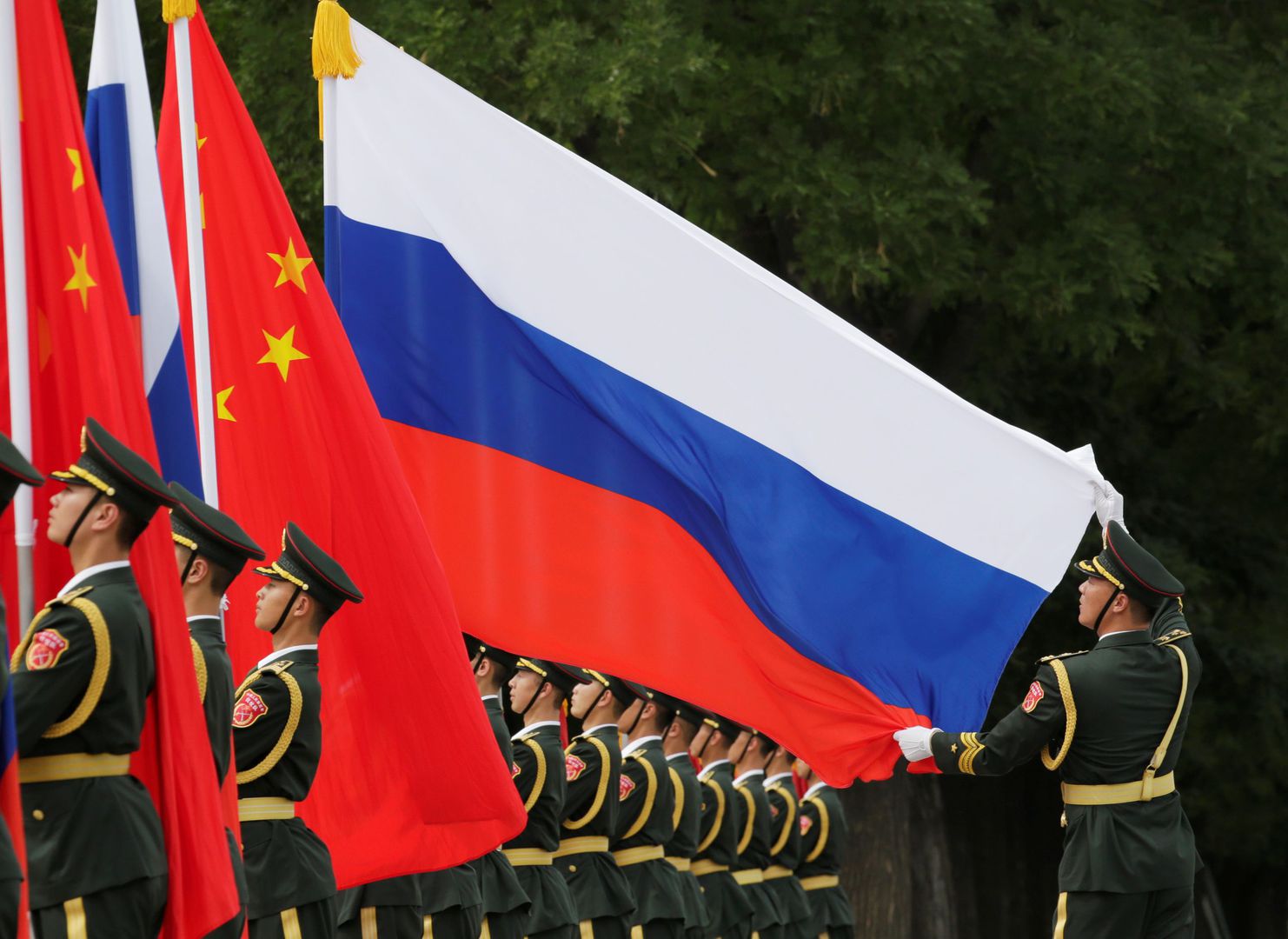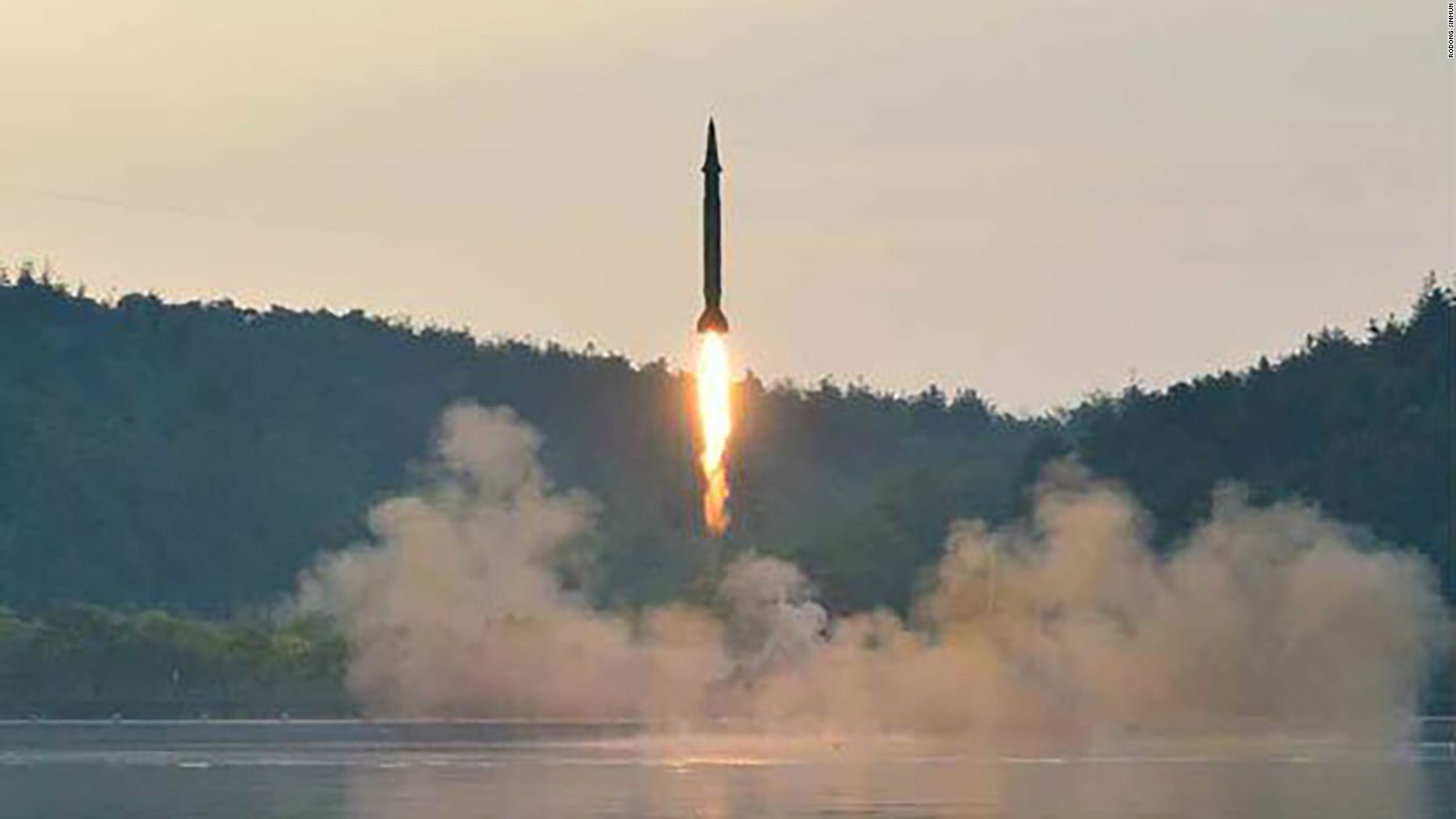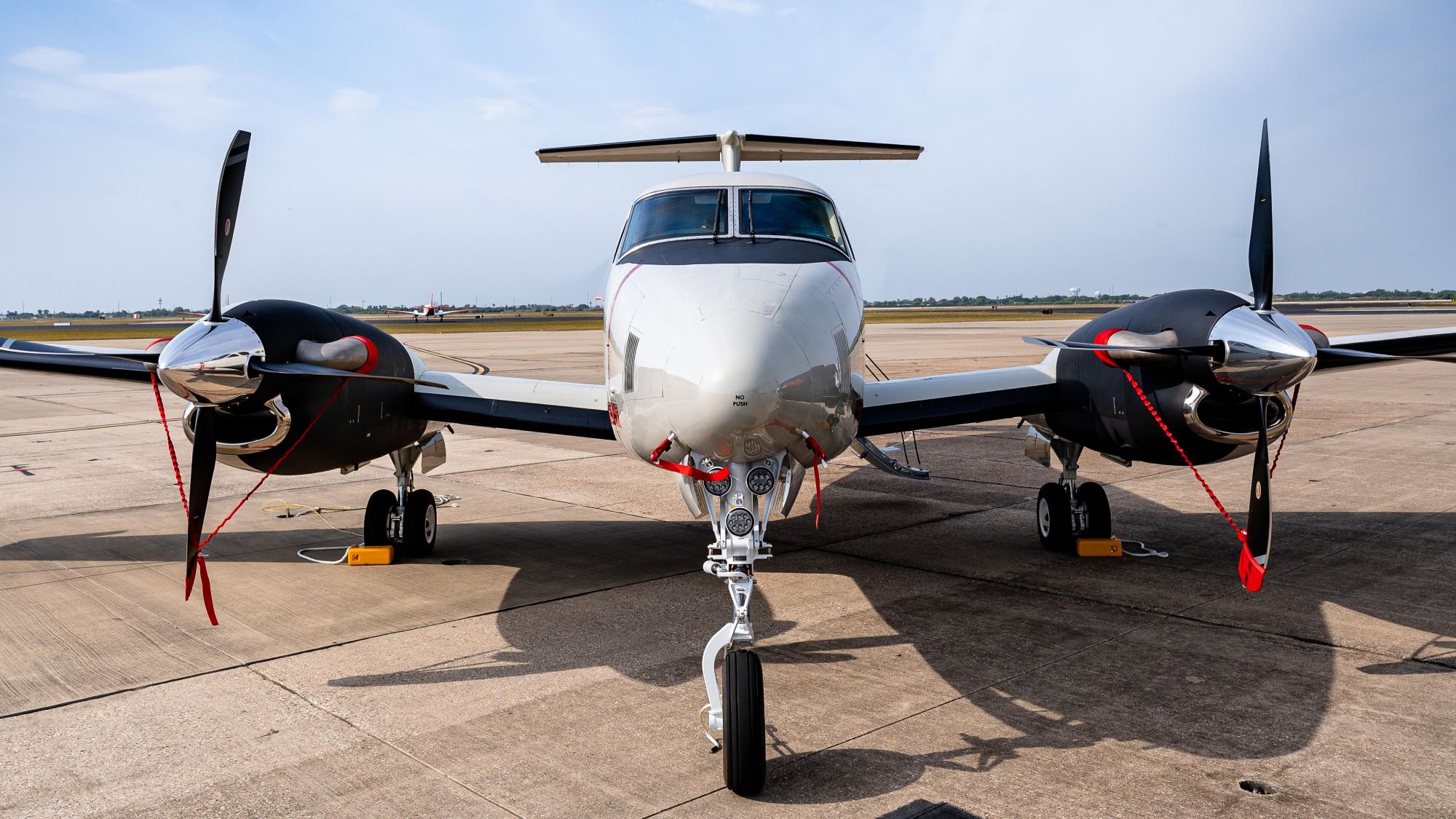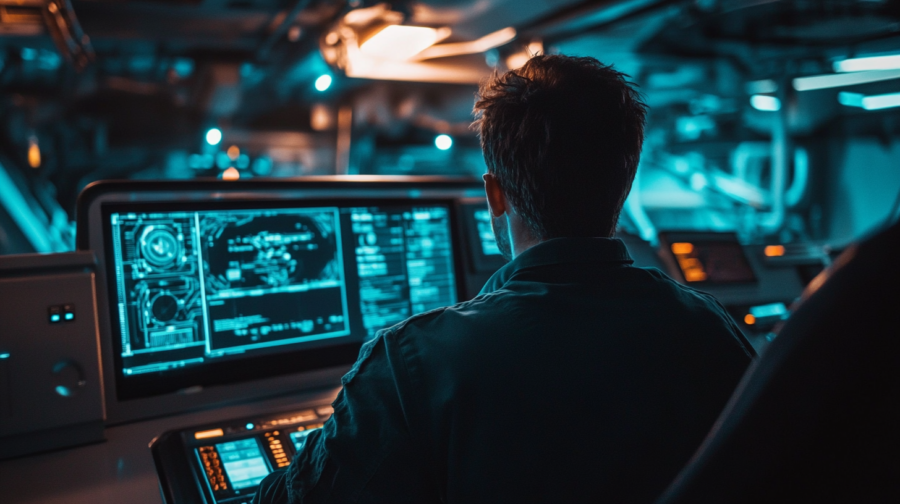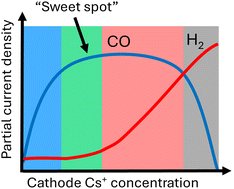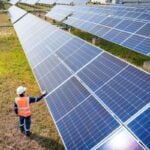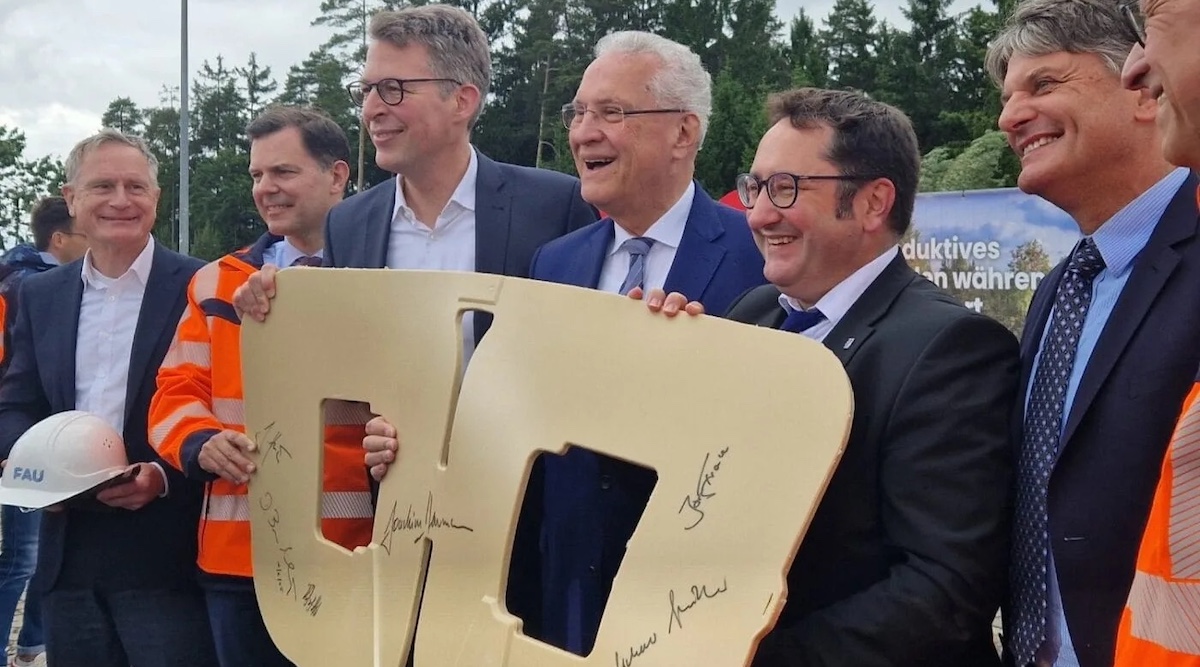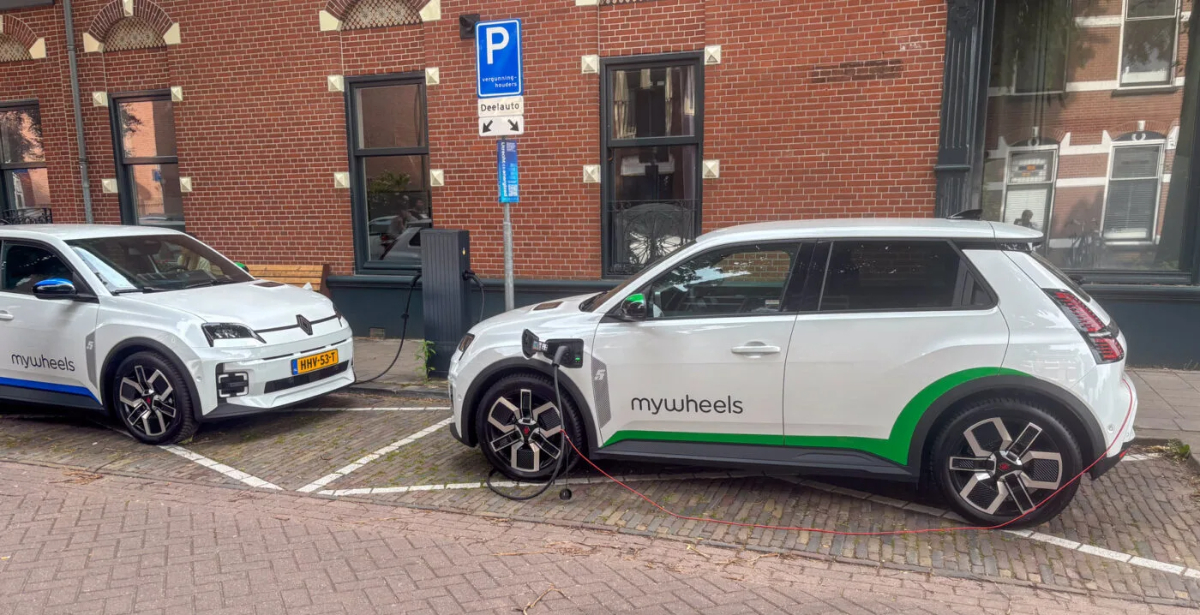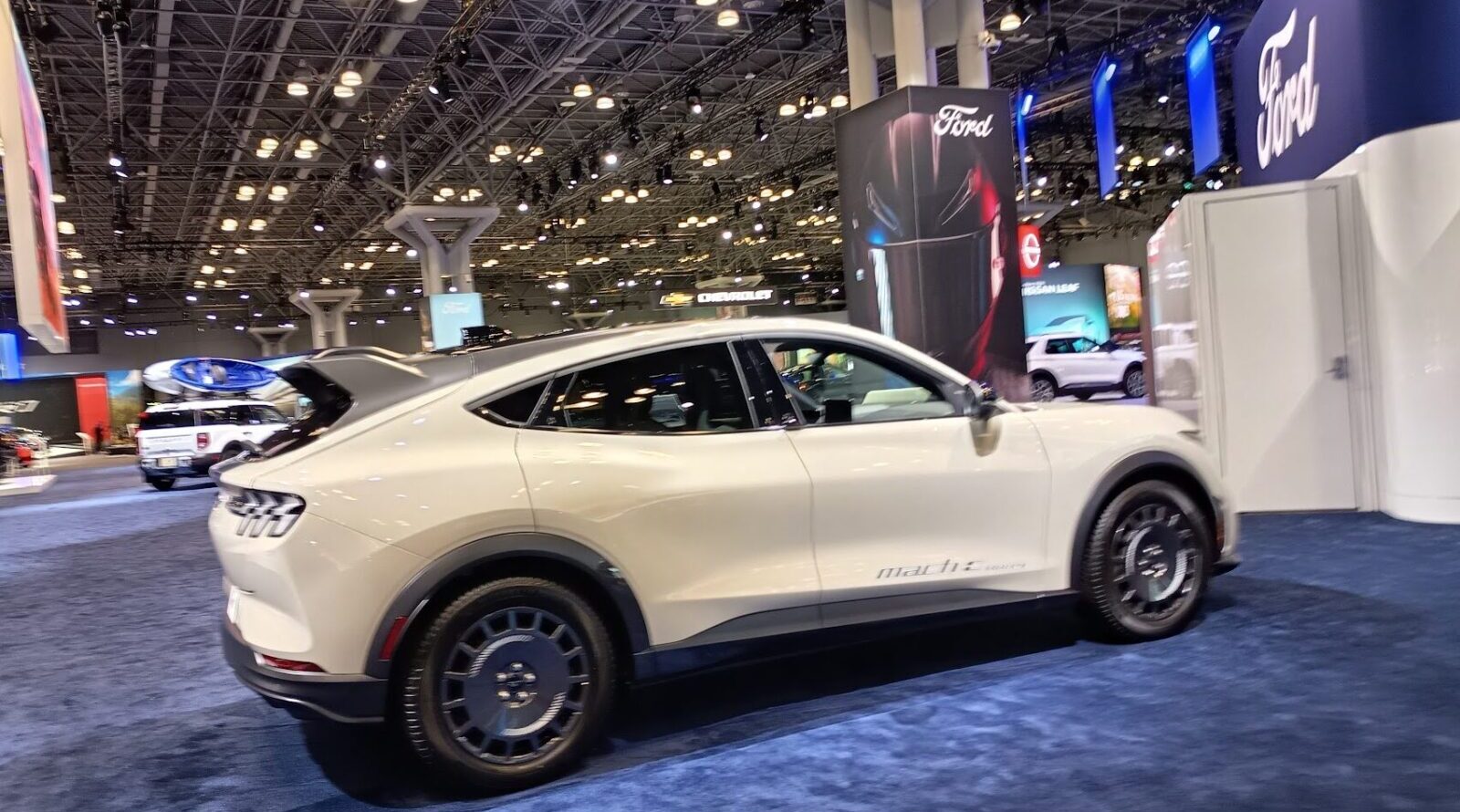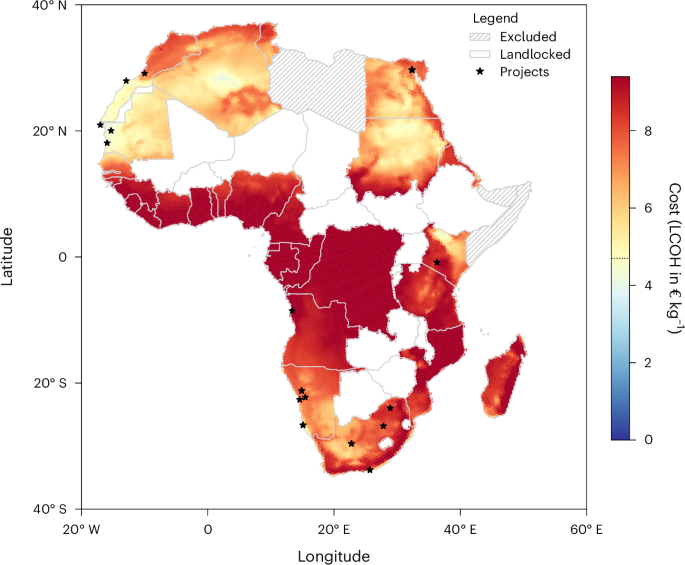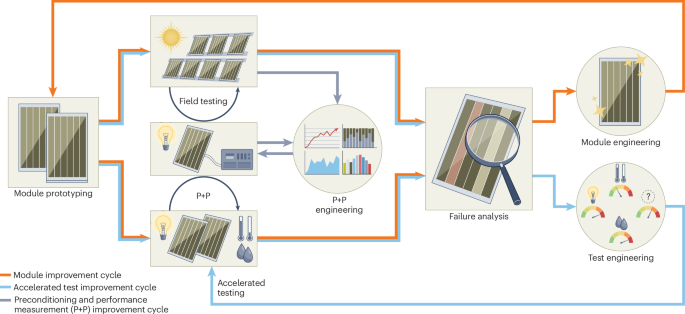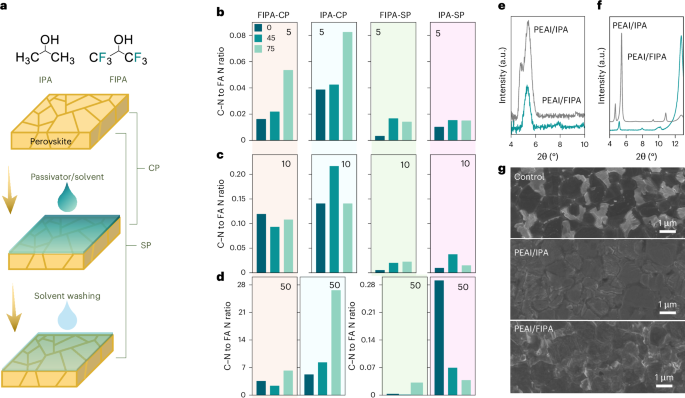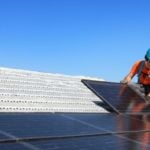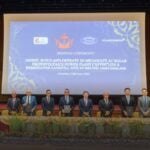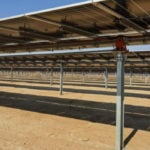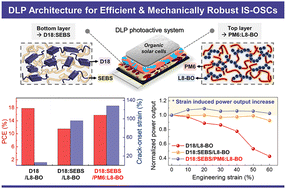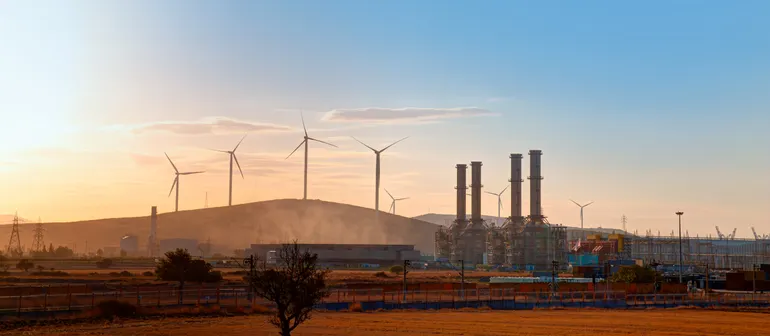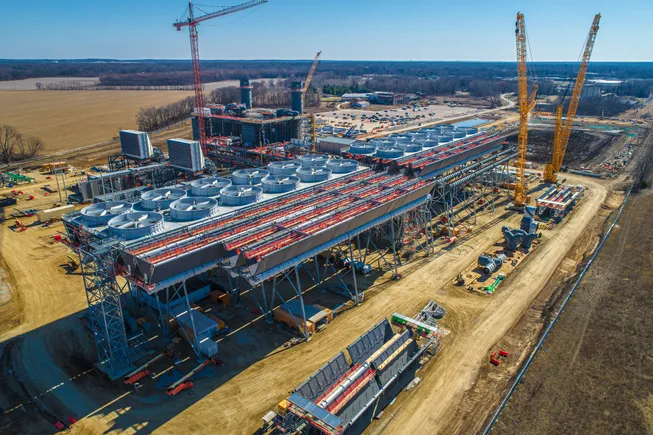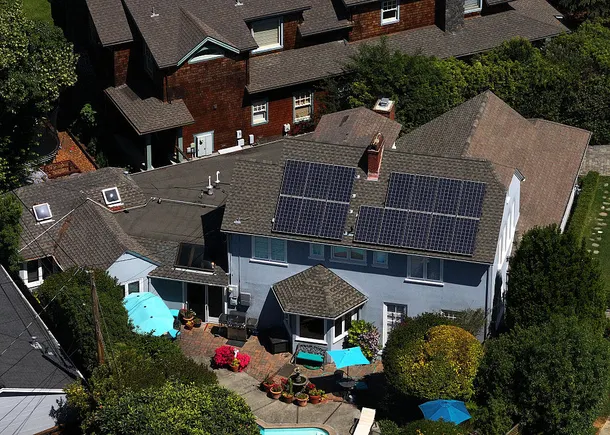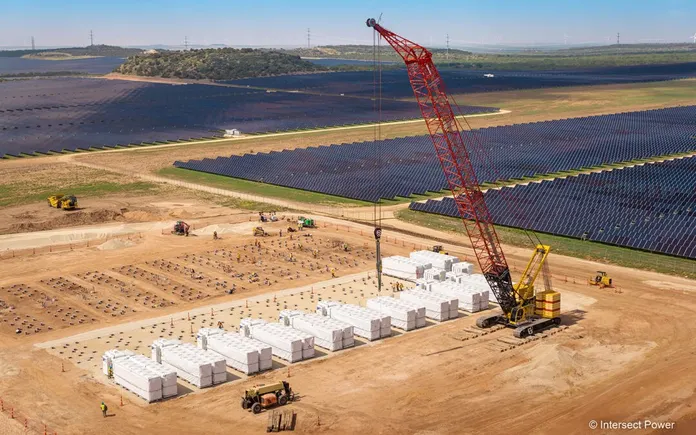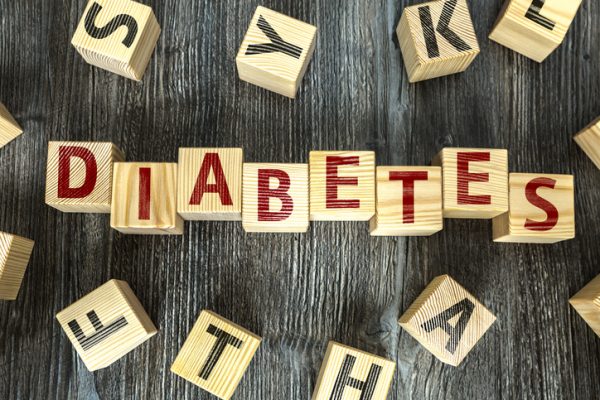Soft Pneumatic Device Designed to Mimic the Periosteal Environment for Regulating the Fate of Mesenchymal Stem Cells
Advanced Healthcare Materials, Volume 14, Issue 15, 10 June, 2025.

This study presents a custom-made soft pneumatic device (SPD) that mimics complex mechanical forces and fluid flow to enhance in vitro cell differentiation. It shows that low mechanotransduction promotes MSC differentiation into osteoprogenitor cells, while high mechanotransduction causes structural disruptions and cell detachment, providing new insights into mechanobiology.
Abstract
Replicating the complex mechanical forces of muscle movement and fluid flow in in vitro cell culture systems is crucial for understanding cell differentiation and development. However, previous research focused on cell differentiation on static micro/nanotextures without a force field or flat 2-dimensional substrates under a continuous in-plane mechanical force. In this study, cell differentiation is reported using a spatial geometric platform that can periodically modulate complex mechanical forces through a custom-made soft pneumatic device (SPD) to mimic the interfaces between periosteum and interstitial fluid. To elucidate fluidic dynamics and cell fates relevant to bone physiology, the platform exhibited distinct functional responses based on mechanical force levels: low mechanotransduction induced mesenchymal stem/progenitor cells differentiation into osteoprogenitor cells (≈1.5-fold increase in osteo-differentiation), while high mechanotransduction resulted in structural disruptions resembling cell detachment without protein degradation (≈2-fold increase in effective cell detachment). Numerical simulations of SPD elucidated the principal mechanical components for programmable cell differentiation and detachment by deconvoluting the in-plane and out-of-plane mechanical forces of the SPD complex mode. This study offers comprehensive and novel insights into the correlation between mechanical forces and cell differentiation, recovery, and injury in organisms.











































